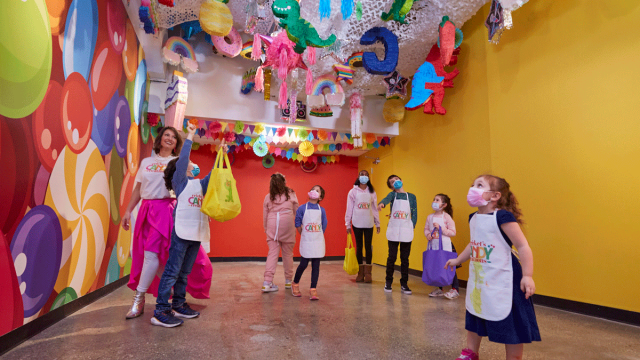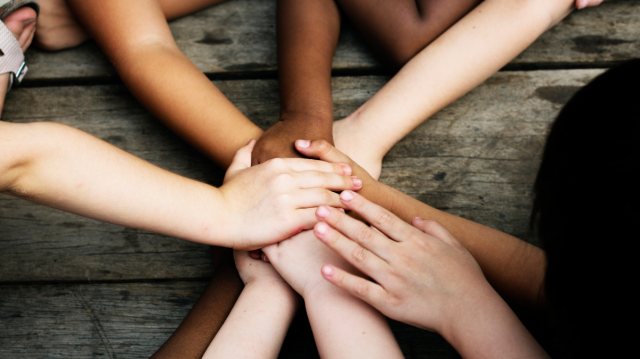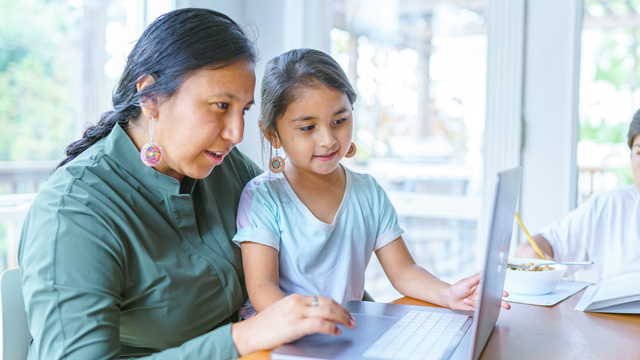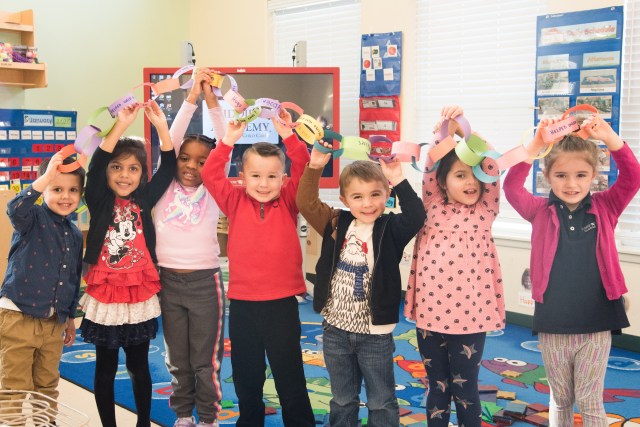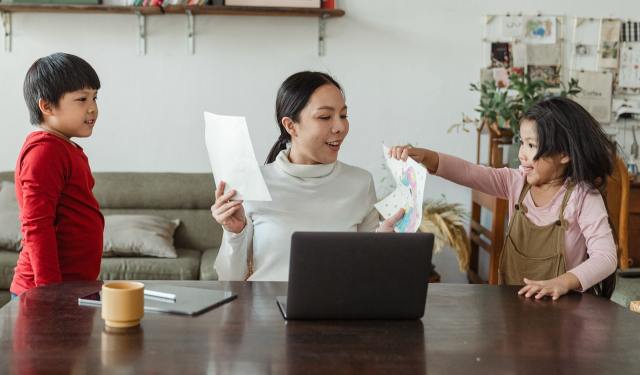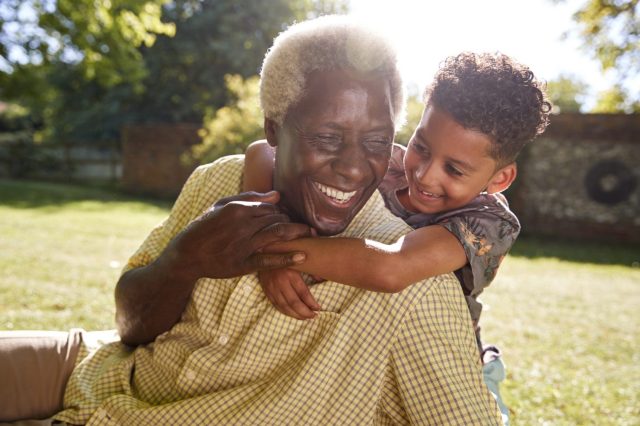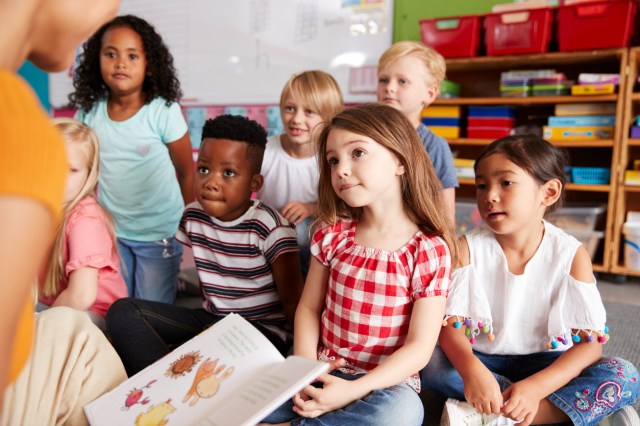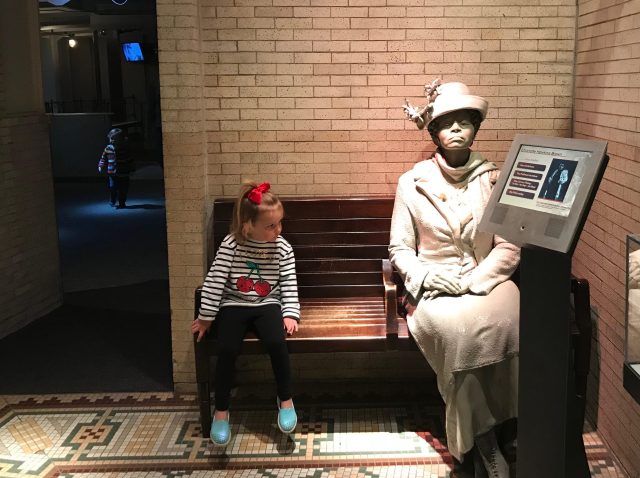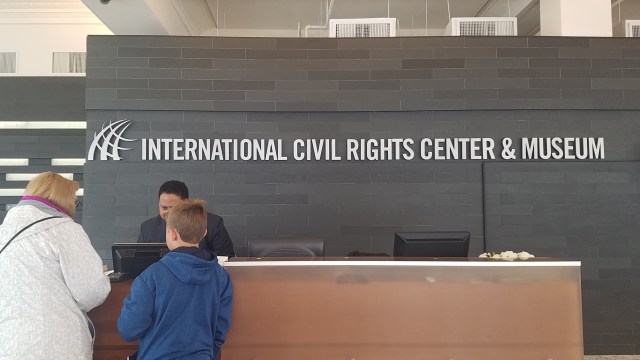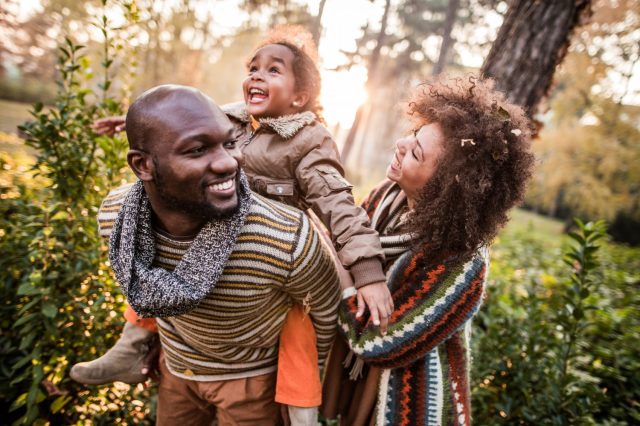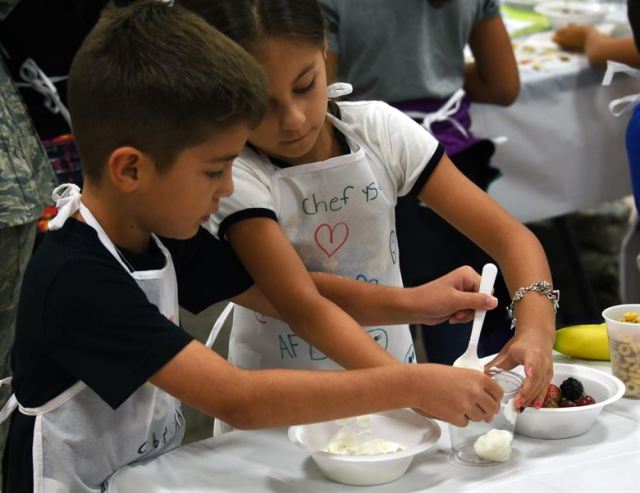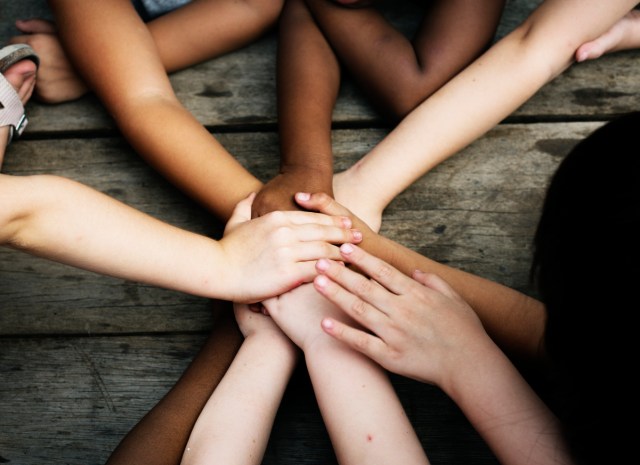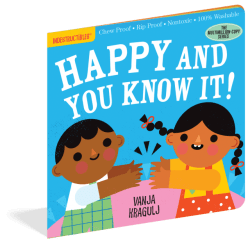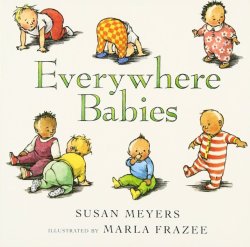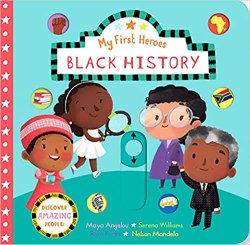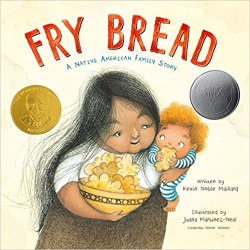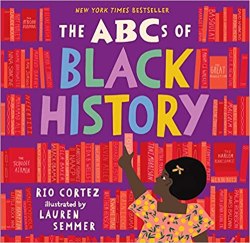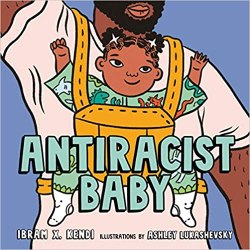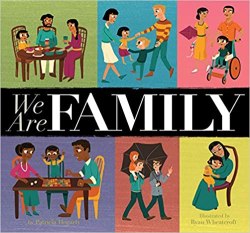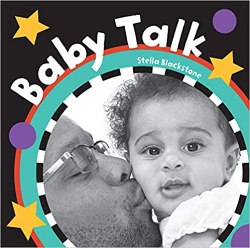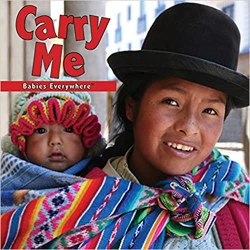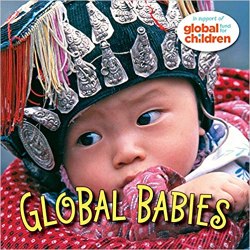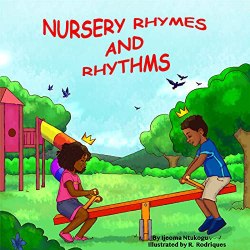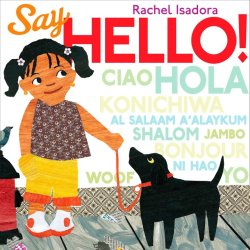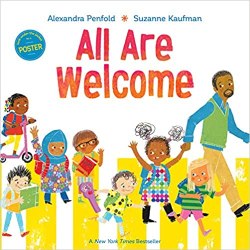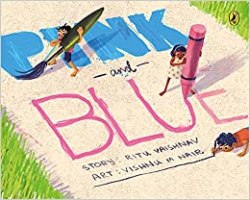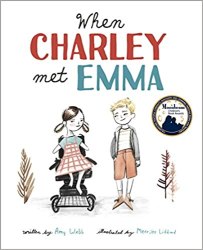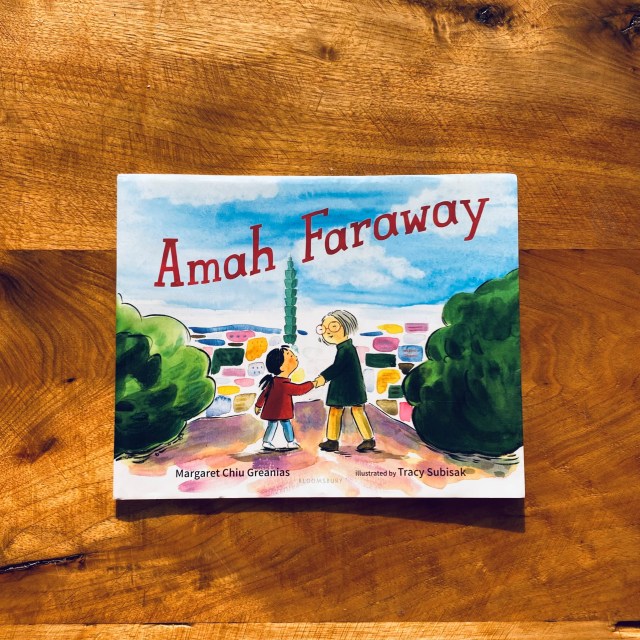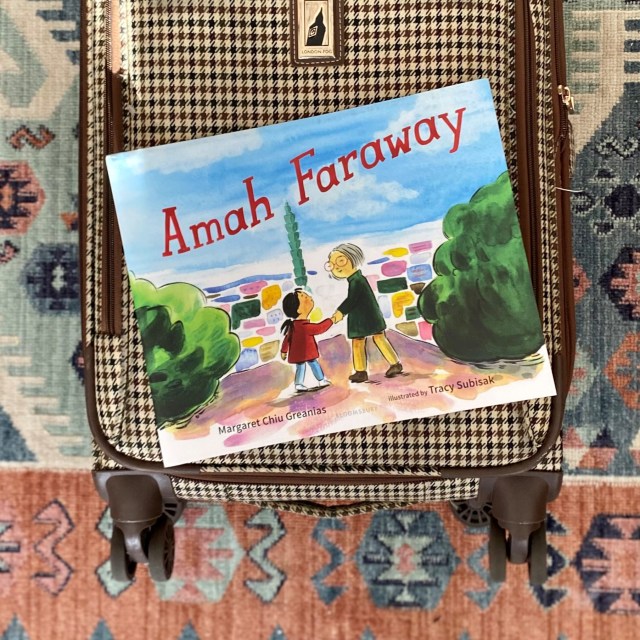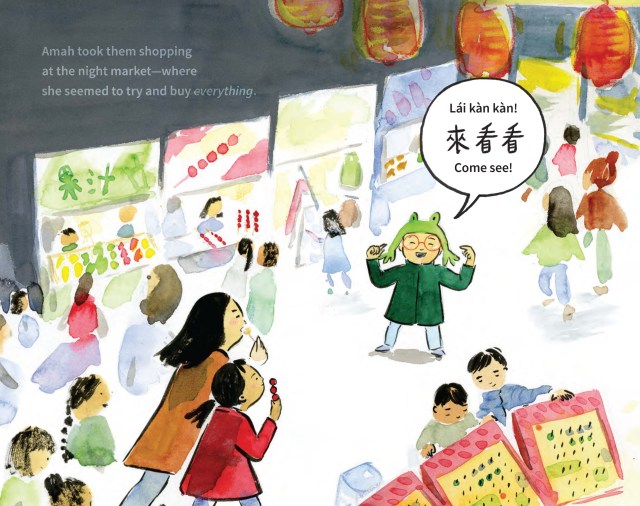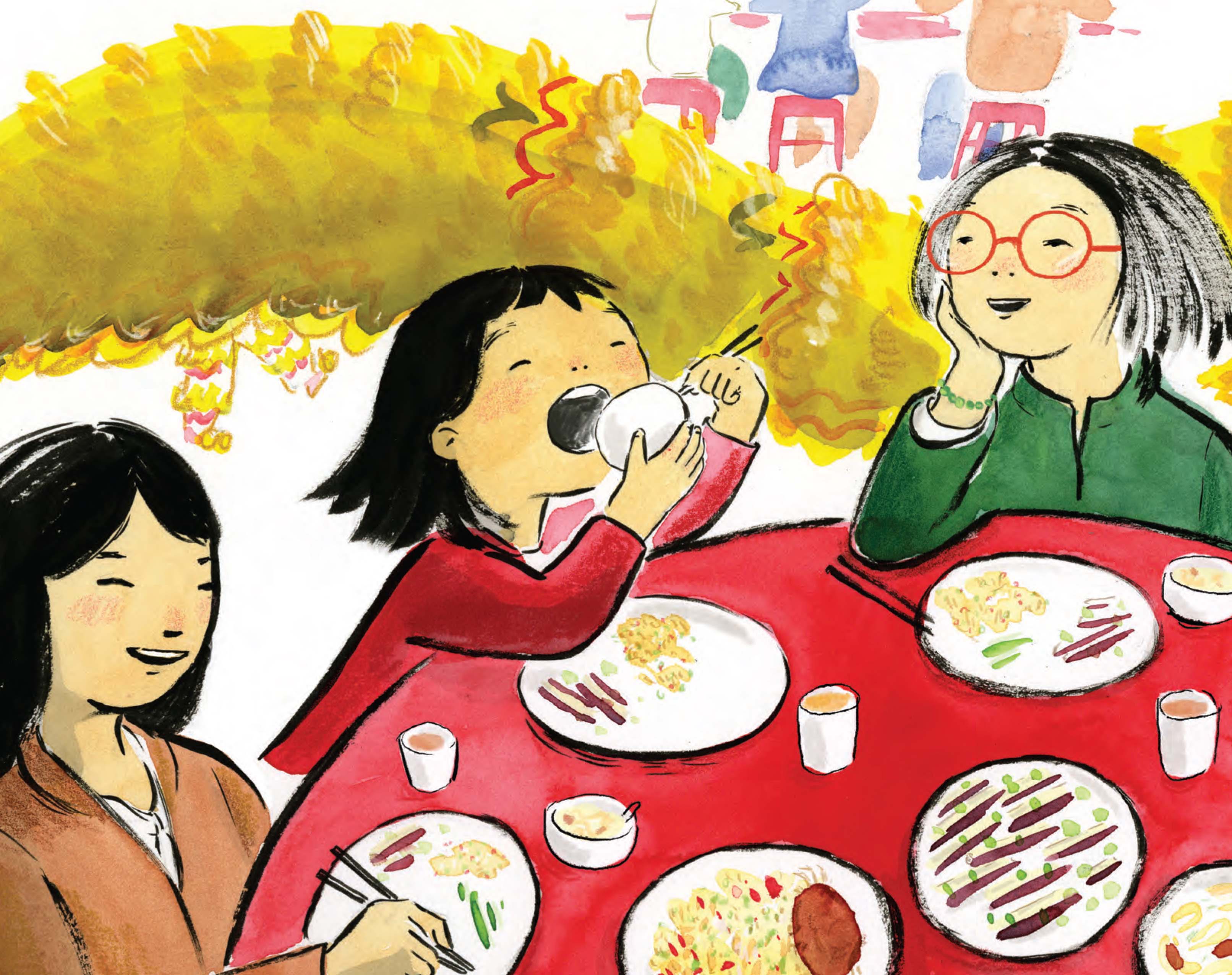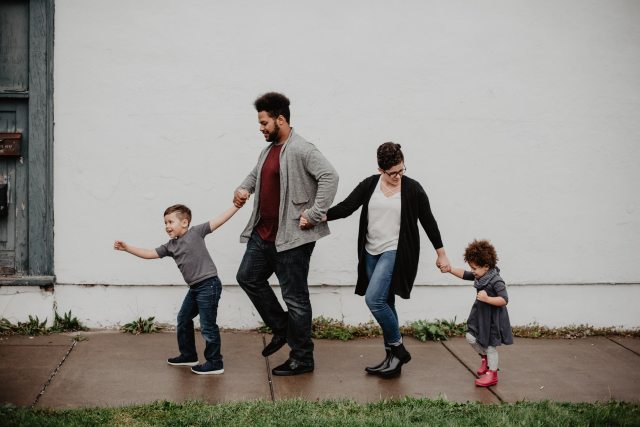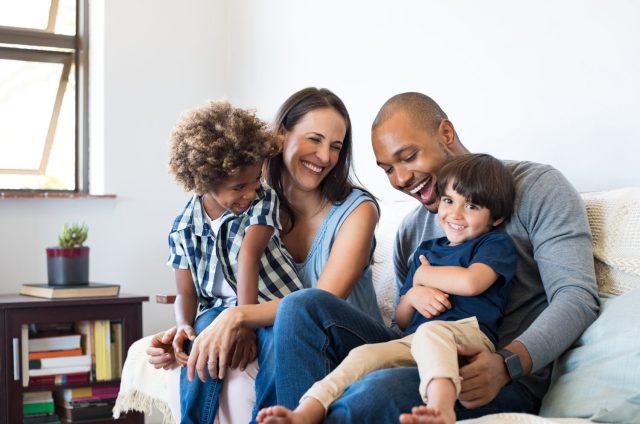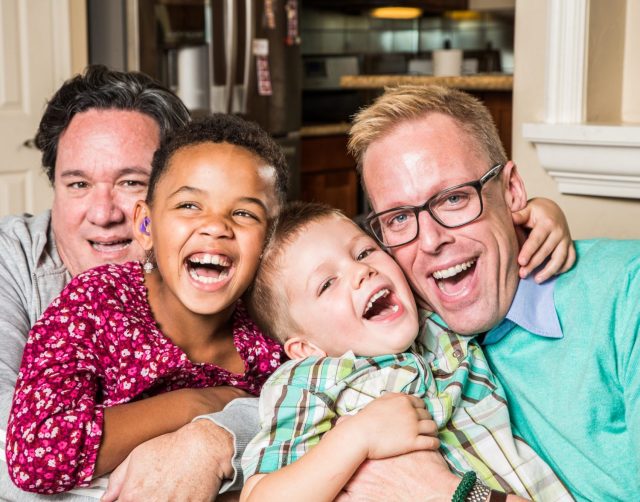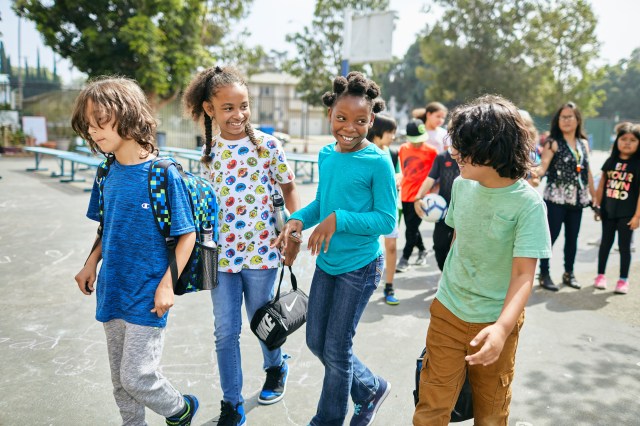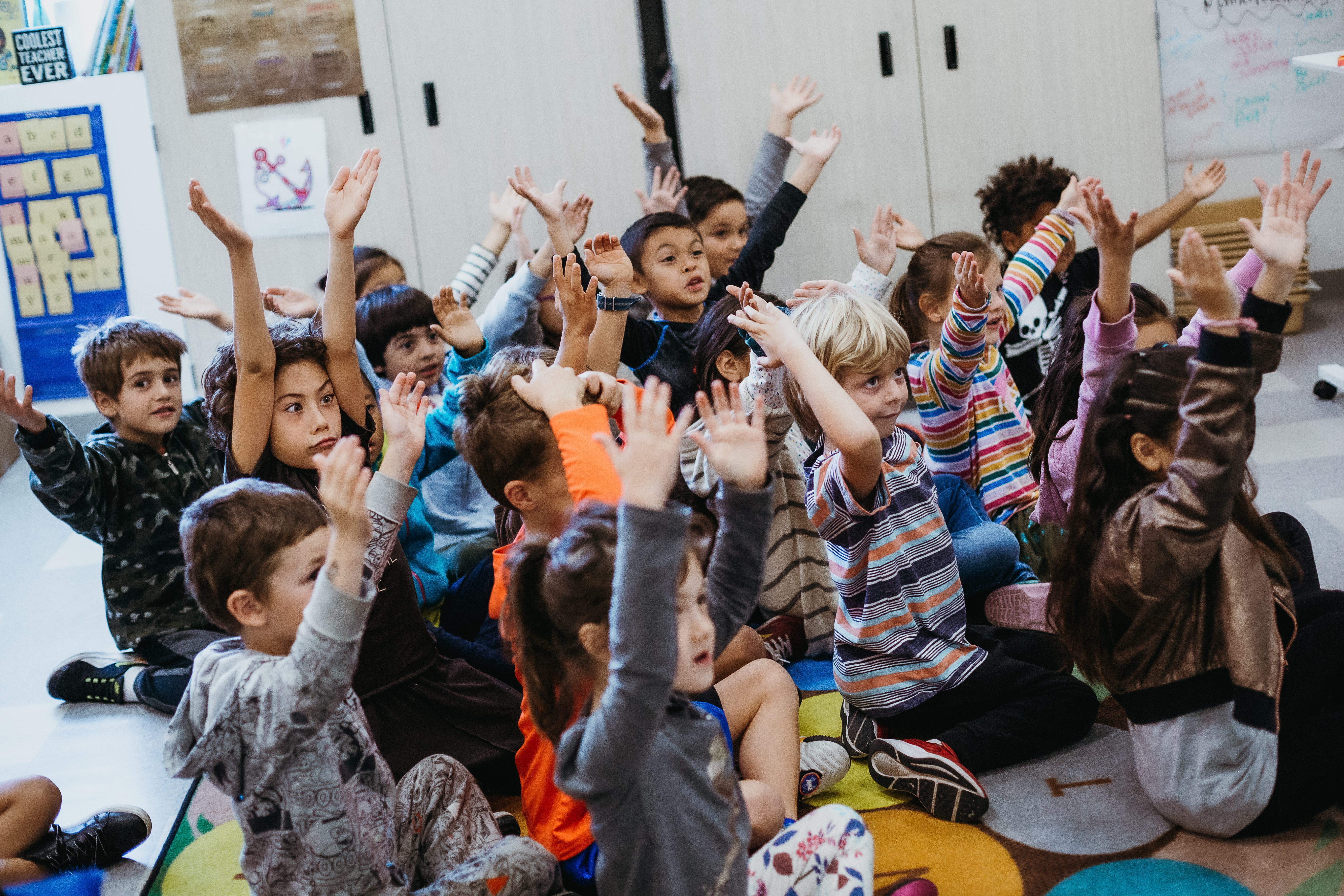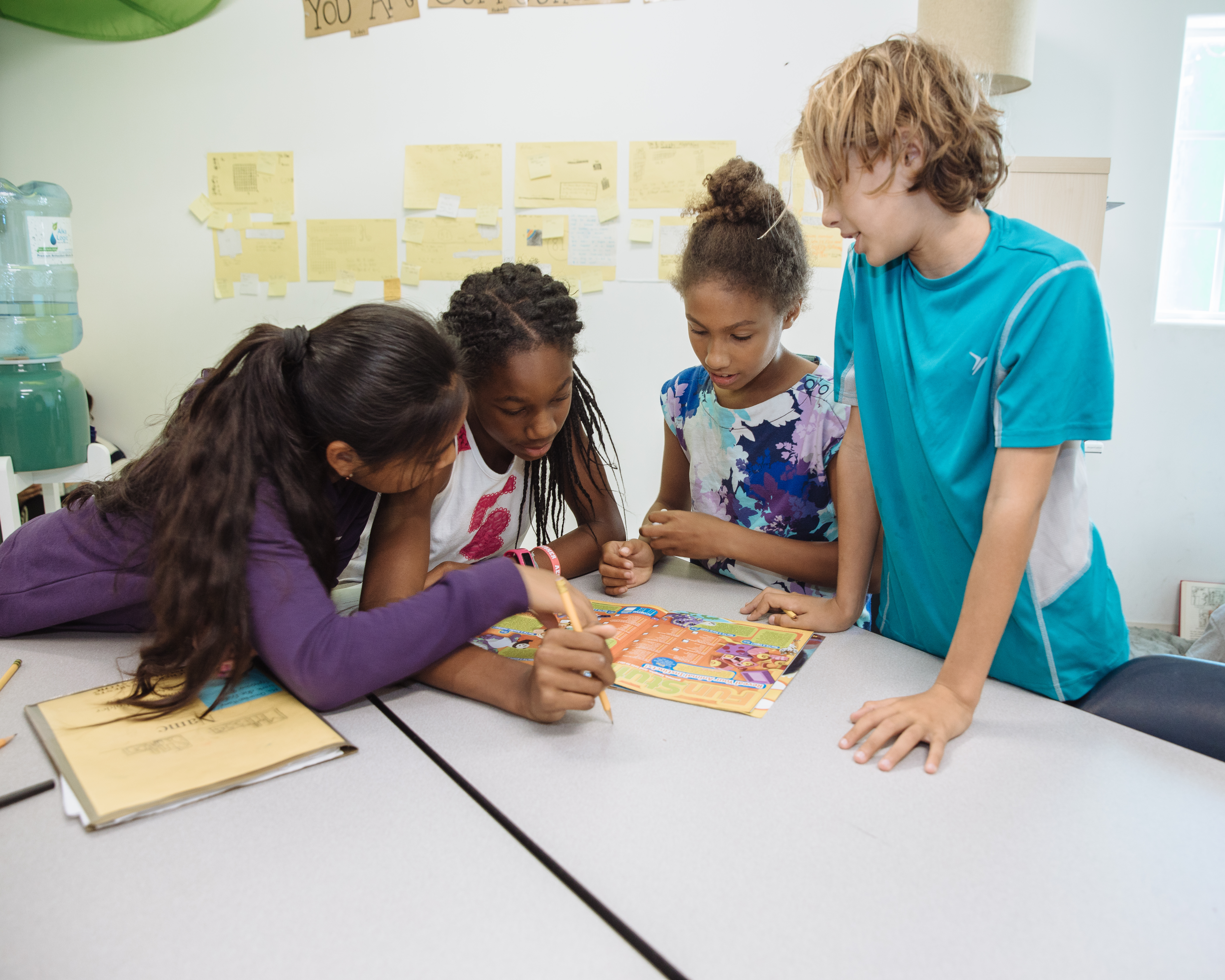More than one of these ladies kicked a career to the curb to set up shop. Inspiration right this way…
It’s International Women’s Day on March 8, but shouldn’t every day be an opportunity to celebrate the accomplishments and work of our female friends? In honor of the many enterprising ladies in town, we’re spotlighting some of our favorite women entrepreneurs running businesses in NYC. Take a look, then go spend in solidarity!
DA SPOT NYC
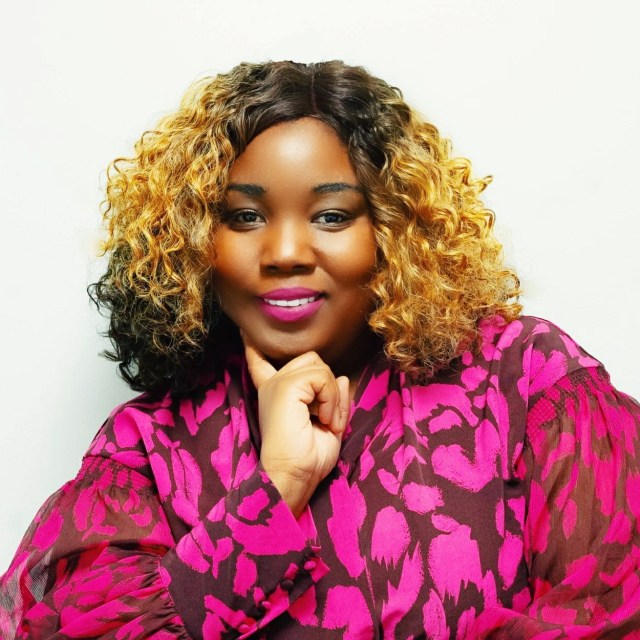
DA SPOT NYC, a unique fashion boutique in City Point, Brooklyn, not only features 25-plus independent creative brands by people of color but it also houses C.A.N.V.A.S. Art Gallery, featuring the work of local artists. Co-owner Michelle Cadore's goal is to create a unique space to amplify the voices of Black and POC creatives. “As native New Yorkers and Brooklynites like me and my partners liken running a business here to living our wildest dreams out loud. The other thing that drives me forward: Being able to support the local community," she says.
445 Albee Square West
City Point
Online: daspotnyc.com
Yu & Me Books
Lucy Yu is not even 30 yet, but she's opened NYC's first female-owned Asian American bookstore in Chinatown. The shop, which is also a cafe and bar debuted in late 2021. It highlights works by Asian authors and books that feature the stories of immigrants. Closed Mondays.
44 Mulberry St.
Chinatown
Online: yuandmebooks.com
Cricket’s Candy Creations
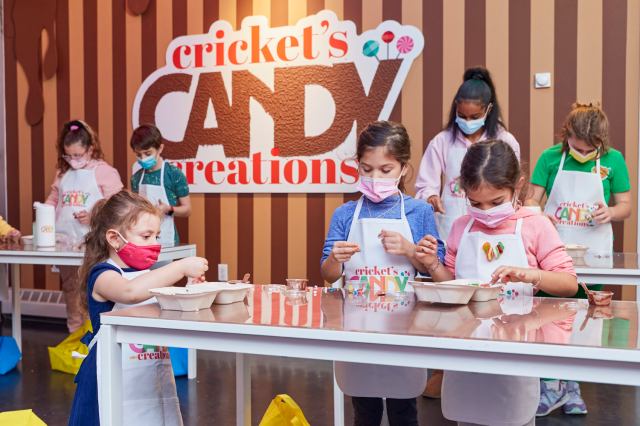
Cricket Azima is clearly always cooking up something (she's founder of Kids Food Festival, The Creative Kitchen and author of Everybody Eats Lunch & Everybody Can Cook) but her latest project is Cricket’s Candy Creations in Tribeca. Kids (and parents) can create and play with candy of all kinds (edible slime, candy jewelry, delicious fingerpaint, etc.), enjoy candy-themed films in the screening room, marvel at Wonka-esque installations and more. And of course, you can host a birthday party here or even go to camp.
200 Hudson St.
Tribeca
Online: cricketscandy.com
Gooey On the Inside
We know it may be hard to believe, but some people say Kafi Dublin's Gooey On the Inside cookies rival a certain other cookie with a cult following in NYC. (Starts with an "L"...) Named for their distinct, some would argue ideal, texture, these cookies come in classic and creative flavors that include chocolate chip, s'mores and Cap'n Crunch peanut butter. (Or get a molten cookie in a jar. Yum.) Good to know: cookie Happy Hour runs from 4-6 p.m., when $5 cookies are $3.
163 Chrystie St.
Lower East Side
Online: gooeyontheinside.com
Dopple
Love cute, fashionable and distinct kids' clothes but not so into the cost (or trying to find them in the right size?) Check out Dopple, the creation of co-founder and CEO Chao Wang. This subscription service for stylish and affordable clothing for children, which offers pieces from brands such as Stella McCartney, Chloé, Bonpoint and Dôen, makes it easy to up your kid's look without going broke. You can also order a single "Dopple Drop", a cute starter outfit set for newborns (in various styles) as a gift for new parents.
Online: thedopple.com
Love Adorned
Love Adorned is fine jewelry and lifestyle store (and experience) founded by Lori Leven. Head here for unique and vintage jewelry pieces, curated housewares, dried flowers, good-smelling stuff (soap, incense, candles), fun things for kids and more. Visit them in the Village or in Amagansett.
269 Elizabeth St.
West Village
156 Main St.
Amagansett
Online: loveadorned.com
Union Square Play
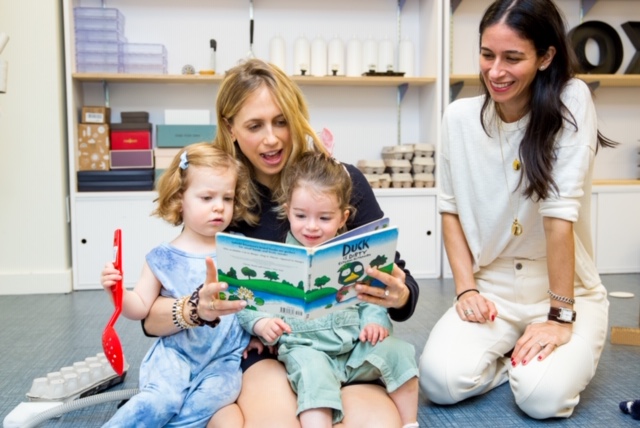
Run by local moms, Union Square Play offers classes, workshops and open play for members, while also serving as a place and forum for parents to connect. In addition to in-person events, they host many virtual meetups and new mom groups. The pandemic meant closing the original space; now you'll find them on 11th and a Lalo on Bond Street, where select classes are held.
67 E. 11th St.
Greenwich Village
Online: unionsquareplay.com
Babe of Brooklyn
At Babe of Brooklyn, the goal has always been to develop old-school all-natural grooming/beard-care products. “One of the greatest things for us are the people we have encountered along our journey. Being in NYC has fueled our outlook on how we approach the business and life by making sure we gain access to and provide quality products and making sure all things Babe of Brooklyn are genuine," says owner Tameka Allen
Online: babeofbrooklyn.com
Saskia
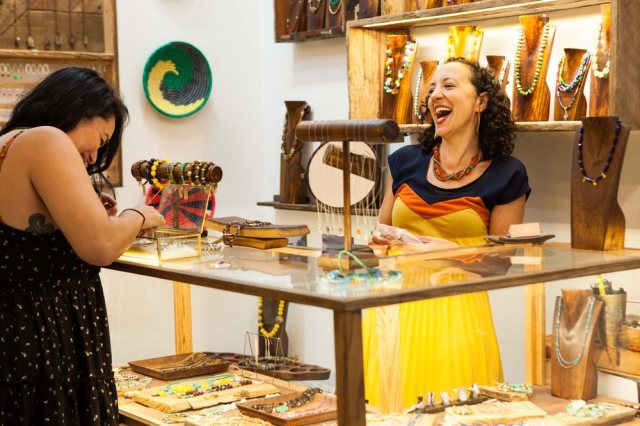
At Saskia, a jewelry studio in Industry City, every bead tells a story and every beaded necklace or bracelet (whether you make it using a DIY kit or purchase one that owner Saskia de Vries has created) is as unique as you are. “I love doing business in NYC for the same reason I always wanted to live here—the mix of cultures, the human interest, the appreciation for flair and color and the adoration of art in all forms," she says.
67 35th St.
Industry City
718-369-2151
Online: shopsaskia.com
Awesome Brooklyn
At Awesome Brooklyn, a gift shop in Prospect Lefferts Gardens that opened in 2017, the specialty is gifts that are so awesome you’ll want them for yourself. Last year brought the introduction of Awesome Home store, located next door. Keep an eye on the Awesome Brooklyn Instagram for the latest products coming into the shop, and the creative window displays owner Vanessa Raptopoulos designs.
617 Flatbush Ave.
Prospect Lefferts Gardens
Online: awesomebrooklyn.com
Clever Alice
At Clever Alice, a Nolita shop that hosts multi-brand women’s designer sample sales, it’s always an adventure to browse the racks for dresses, jumpsuits and handbags. Owner Tamara Chaponot is curator in chief, sharing both bargains, fashion forecasts, and thoughts on sustainability.
4 Prince St.
Nolita
Online: cleveralice.com
Bean & Bean Coffee Roasters
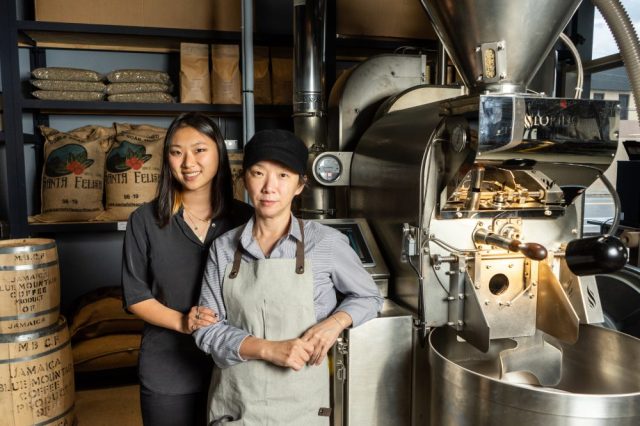
When you stop in for coffee at one of the three Bean & Bean Coffee Roasters in NYC, you’re supporting a mother-daughter business that’s all about giving back. The goal of these two coffee sommeliers: To bridge the gender gap in the coffee world by supporting women farmers and helping out the environment by donating part of their profits towards helping injured sloths in coffee-producing countries.
71 Broadway
Financial District
318 8th Ave.
Chelsea
Online: beannbeancoffee.com
The Doughnut Project
Tucked in the West Village since 2015: A doughnut shop with a cult following that might stem from the fact that each hand-crafted pastry draws inspiration from food and cocktails. Best of all, it’s a team of three female employees who are creating these unique gourmet doughnuts, like The Everything and Lemon Love Letter. Co-founder and owner Leslie Polizzotto says that some people even drive into the city on weekends from Connecticut, New Jersey and Long Island to get a doughnut fix.
10 Morton St.
West Village
Online: thedoughnutproject.com
Let's Dress Up
Since 2005, Let’s Dress Up has been the Upper East Side spot for fairytale-themed tea and birthday parties. Since COVID-19, this beloved space has kept is super safe, reopening with small format and private events as well as some virtual offerings. “The greatest thing for us is interacting with the kids, in person or on a screen, and hearing their excitement and laughter as they participate in one of our events," says co-owner Samantha Myers. "Even if it inevitably ends up with them waving a magic wand and pretending to turn me into a frog!”
345 E. 85th St.
Upper East Side
Online: letsdressupnyc.com
WoodSpoon

Home chefs can now provide a ‘taste of home’ via WoodSpoon, a community-based marketplace that has been delivering home-cooked dishes to New Yorkers since its inception in January 2019. Co-founder and CMO Merav Kalish Rozengarten says some of the most popular items are comfort foods like delicious breads, pastas and soups "Like your grandma used to make. You can’t get that at a restaurant.”
Online: eatwoodspoon.com
—with additional reporting by Mimi O’Connor
